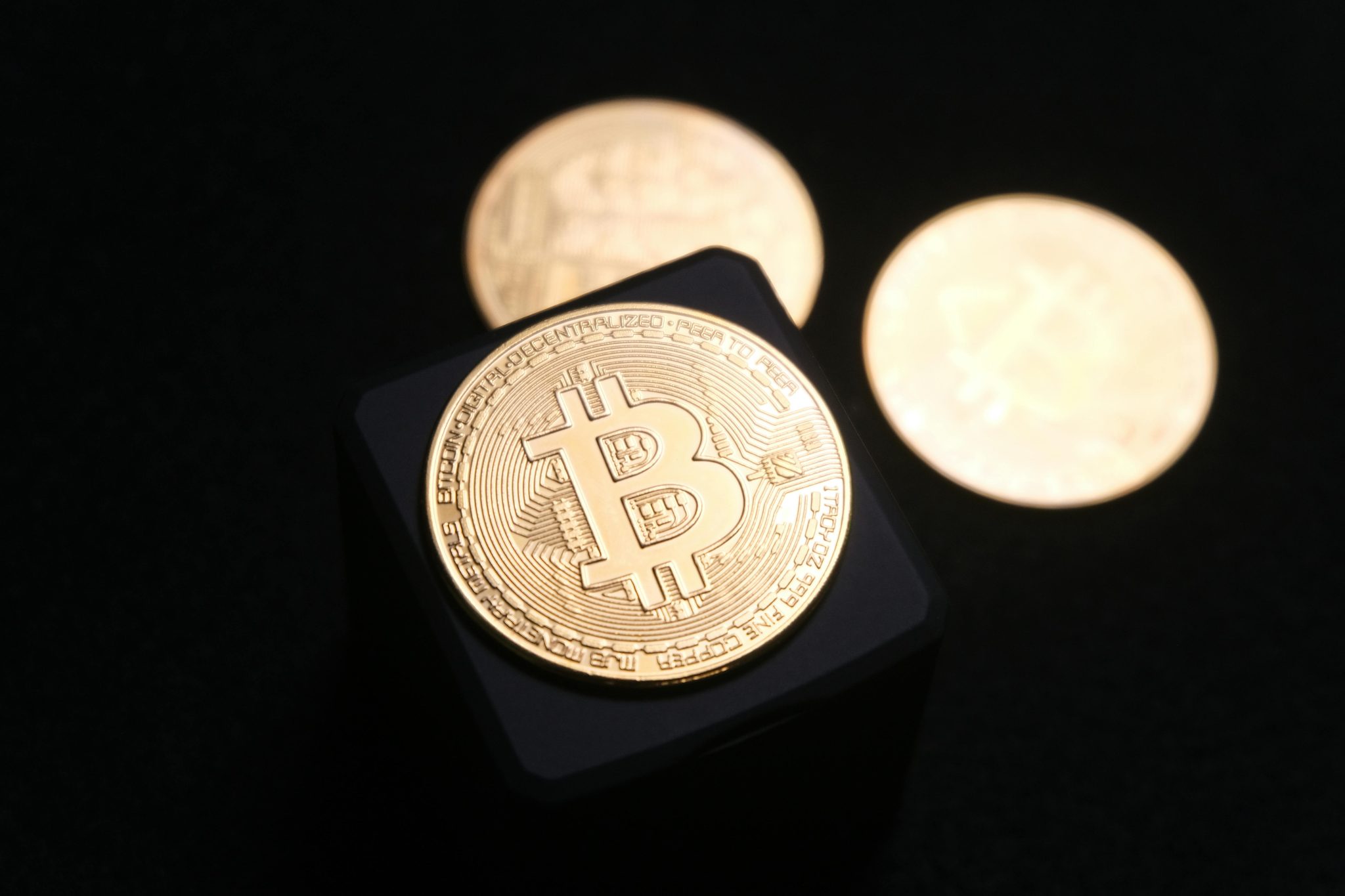
Introduction
As blockchain technology continues to evolve, the demand for stable and reliable digital currencies has led to the rise of stablecoins. These digital assets are designed to maintain a stable value by being pegged to traditional assets or through algorithmic mechanisms. This article explores stablecoin algorithms and tokenized asset stability, providing insights for blockchain developers and investors interested in tokenized platforms.
Understanding Stablecoin Algorithms
Stablecoins utilize various algorithms to maintain their value. These algorithms can be classified into collateralized and non-collateralized categories. Collateralized stablecoins are backed by reserves, such as fiat currency or other cryptocurrencies, ensuring their stability. In contrast, non-collateralized or algorithmic stablecoins rely on smart contracts and algorithms to adjust supply based on market demand.
Collateralized Stablecoins
Collateralized stablecoins are the most common type, utilizing reserves to maintain their peg. These reserves can be held in traditional currencies, commodities, or other cryptocurrencies. For example, Tether (USDT) claims to be backed by US dollars, while DAI uses a combination of ether and other cryptocurrencies as collateral.
Algorithmic Stablecoins
Algorithmic stablecoins use complex algorithms and smart contracts to adjust their supply dynamically. When demand increases, the algorithm increases supply, and vice versa. This mechanism helps maintain a stable value without direct backing. However, the success of algorithmic stablecoins depends on robust algorithms and effective governance models.
Tokenized Assets and Stability
The concept of tokenized assets involves transforming real-world assets into digital tokens on a blockchain. This process, known as tokenization, enables assets like real estate, art, or bonds to be traded on tokenized platforms. Tokenized assets offer liquidity and fractional ownership, making them attractive to investors.
Implementing Tokenized Platforms
Building a tokenized platform requires a secure and scalable blockchain infrastructure. Developers must consider factors like consensus mechanisms, transaction throughput, and interoperability. Additionally, regulatory compliance is crucial when dealing with tokenized assets, as legal frameworks vary across jurisdictions.
Practical Examples of Tokenization
Several projects have successfully implemented tokenization. For instance, RealT allows users to invest in tokenized real estate properties, while Securitize focuses on tokenizing securities. These platforms demonstrate the potential of tokenization in revolutionizing traditional markets and enhancing asset liquidity.
Actionable Insights for Developers and Investors
- Developers should prioritize security and scalability when designing tokenized platforms.
- Investors should conduct thorough due diligence on tokenized projects, considering factors like regulatory compliance and asset backing.
- Stay informed about evolving regulatory landscapes and emerging trends in blockchain technology.
Conclusion
The fusion of stablecoin algorithms and tokenized assets represents a significant advancement in the blockchain ecosystem. Understanding these concepts is crucial for developers and investors aiming to leverage tokenized platforms. By focusing on secure, compliant, and innovative solutions, stakeholders can unlock the full potential of tokenization and contribute to a more stable and efficient financial future.






